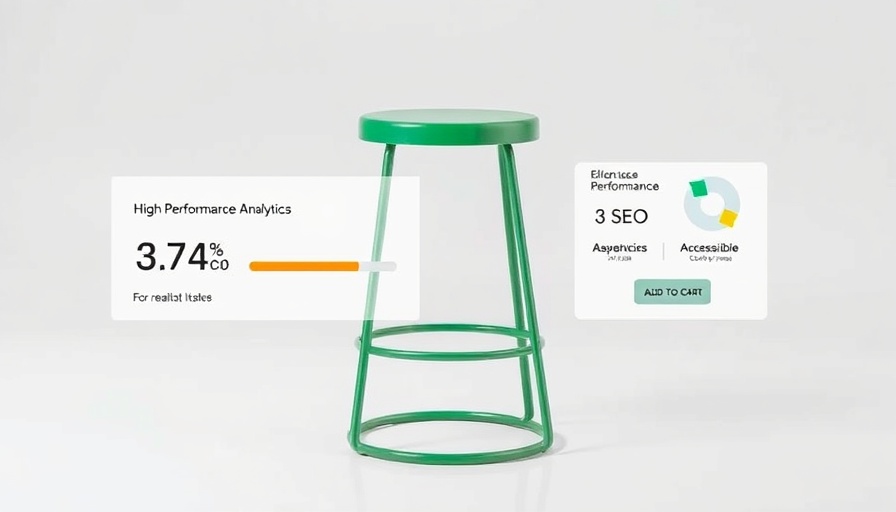
Understanding DDoS Attacks: A Growing Concern for Website Owners
As a website owner, you may have heard the term DDoS (Distributed Denial of Service) thrown around, but do you really know what it means? Think of a physical store that suddenly experiences a massive traffic jam caused by a crowd of people deliberately blocking its entrance. This scenario relates closely to how a DDoS attack works online. Attackers deploy a network of hijacked computers, known as a botnet, to flood your site with fake traffic, causing it to slow down or become completely unavailable.
Why Do DDoS Attacks Occur?
The motivations for launching DDoS attacks are as varied as the attackers themselves. Among the common reasons are:
- Hacktivism: Activist groups launch attacks to protest against specific organizations or governmental actions.
- Extortion: Hackers may demand payment, often in cryptocurrencies, to stop an ongoing attack or threat.
- Business Competitors: Unscrupulous businesses may employ DDoS attacks against rivals to disrupt their services.
- Vandalism: Some simply seek chaos or the thrill of overpowering a website.
- Smokescreen: These attacks can serve as distractions for more targeted attacks, such as data breaches.
Regardless of the motivation, the goal is usually the same: to render your website unavailable, leading to potential business loss.
Identifying the Common Types of DDoS Attacks
It’s essential to recognize the most common forms of DDoS attacks to better defend against them. Here are a few prevalent types:
- Volume-Based Attacks: These involve overwhelming the bandwidth of your website with massive amounts of fake traffic.
- Protocol Attacks: Such attacks target the server resources, exploiting network protocols to weaken your system's defenses.
- Application Layer Attacks: These are more sophisticated, focusing on overwhelming specific features of your web application.
Understanding these types empowers you to implement more effective protective measures.
How to Stop DDoS Attacks: Defensive Strategies
Now that you understand what a DDoS attack is and why it happens, let’s explore how to stop it. Implementing layered defense strategies can significantly enhance your website's resilience against such attacks:
- Network Security Solutions: Using services like Content Delivery Networks (CDNs) can help absorb malicious traffic.
- Firewall Rules: Configure firewalls to recognize and filter out harmful traffic patterns.
- Rate Limiting: This technique limits the number of requests a user can make in a given timeframe, helping thwart attackers.
- Regular Monitoring: Continuously monitoring web traffic can help identify unusual spikes and allow for quicker response times.
- Cloud-Based DDoS Protection: Many hosting providers offer integrated protection solutions tailored to mitigate these threats.
By combining these defensive measures, you can strengthen your site against potential DDoS attacks.
Proactive Steps for Peace of Mind
Beyond reactive measures, consider proactively safeguarding your website by keeping your software updated and employing strong authentication protocols. Educate your team about cybersecurity best practices, as a knowledgeable team is your first line of defense.
Conclusion: Prepare to Take Action
In our increasingly digital world, understanding DDoS attacks and their implications is crucial for website owners. Take the insights shared today and put them into action, ensuring your website is fortified against potential threats. Stay informed, utilize comprehensive security measures, and don't hesitate to seek expert help to achieve a resilient online presence.
As a final step, consider evaluating your current DDoS mitigation strategies and consulting with a performance expert if needed. With the right protections in place, you can focus on what truly matters—growing your online presence.
 Add Row
Add Row  Add
Add 




 Add Row
Add Row  Add
Add 

Write A Comment